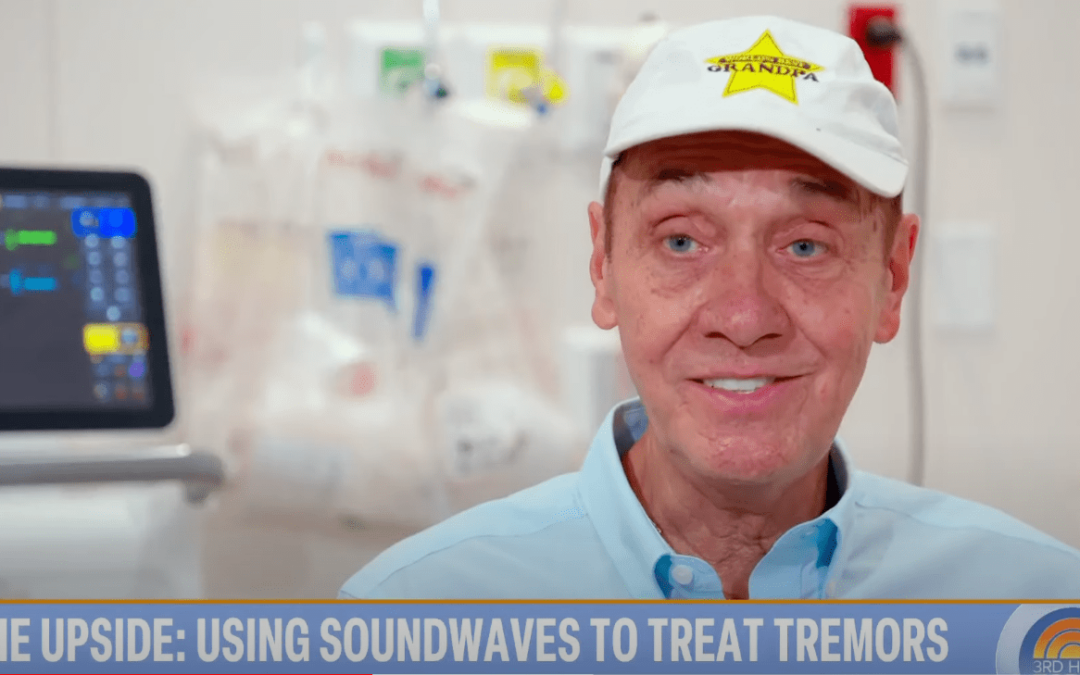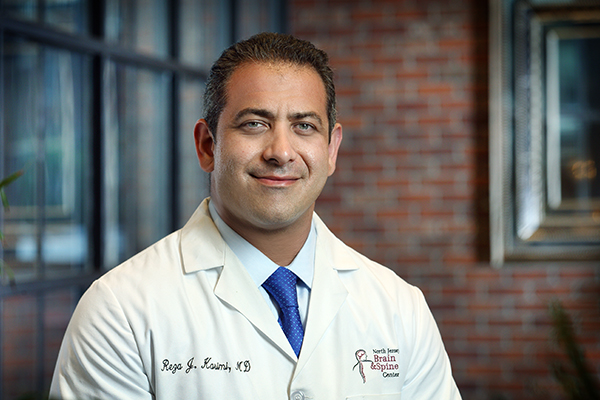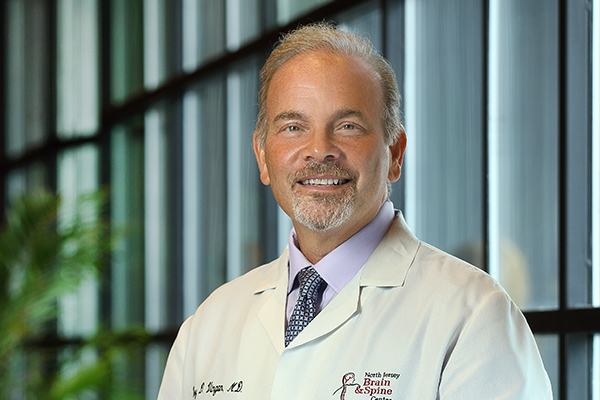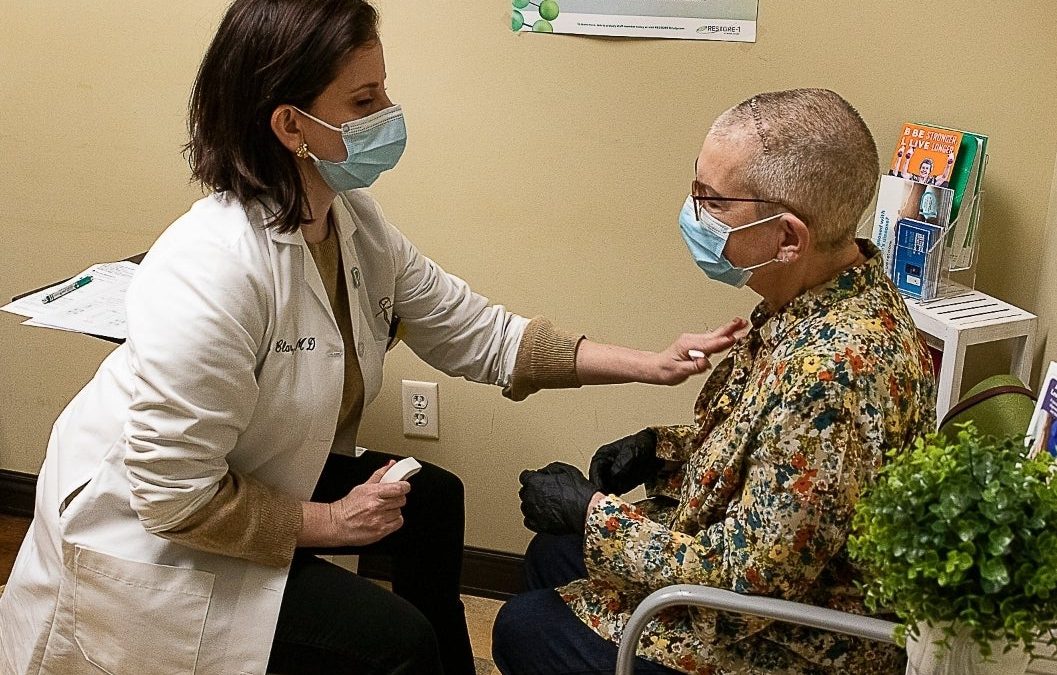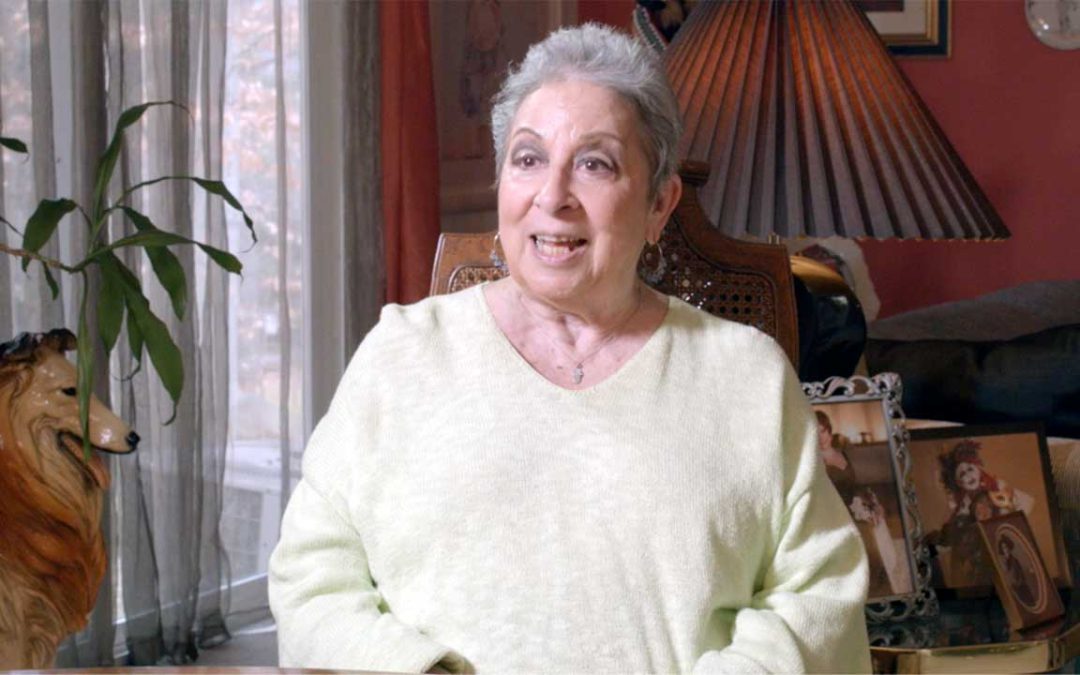Understanding Facial Pain and Trigeminal Neuralgia: Key Information for Patients in New Jersey
Some people with facial pain have a medical condition called trigeminal neuralgia. Typically, this involves episodes of pain on one side of the face. Pains typically occur without warning and can be severe.
Trigeminal neuralgia is usually caused by irritation or damage to the trigeminal nerve, most often from vascular compression, but several other underlying conditions can also be responsible.
The main causes include:
- Vascular compression: A blood vessel presses against the trigeminal nerve near its root where it enters the brainstem. This can make the nerve hypersensitive.
- Multiple sclerosis: MS can cause demyelination (loss of the myelin sheath, or insulation) of the trigeminal nerve’s central segment in the brainstem.
- Tumors or cysts: Tumors can compress the trigeminal nerve.
- Injury or trauma: Trauma, dental surgery, or skull base fractures can damage the trigeminal nerve.
- Infections or inflammatory diseases: Shingles, sarcoidosis, Lyme disease, or lupus can impact the trigeminal nerve.
Regardless of the underlying cause, trigeminal neuralgia is considered a cranial nerve disorder. It affects the fifth cranial nerve, responsible for transmitting facial sensations, and often results in long-term neurologic pain if left untreated.
How Serious Is Trigeminal Neuralgia?
While not life-threatening, facial pain/Trigeminal neuralgia is a serious neurological condition because of its severe impact on quality of life due to the intensity and unpredictability of the pain. In fact, it is sometimes described as one of the most excruciating types of pain known in medicine.
Symptoms can include:
- Shooting pain in the face (often described as feeling like an electric current)
- Jaw spasm and pain
- Eye twitching and pain
- Burning pain on one side of your face
- Ear pain
In addition to significant pain, the relentless nature of it can lead to anxiety and depression.
Trigeminal neuralgia affects 4 to 13 per 100,000 people annually. Women are more commonly affected than men. Most cases of trigeminal neuralgia occur after age 50, but the disease may be seen in the second and third decades of life
What Kind of Doctor Treats Facial Pain/Trigeminal Neuralgia?
Patients typically see a neurologist, neurosurgeon, or pain specialist. Our team at New Jersey Brain and Spine is highly skilled in treating patients with trigeminal neuralgia and other challenging facial pain disorders. Our expert care and robust team means patients get diagnosed — and treated — as quickly and comprehensively as possible.
What are the Treatment Options for Trigeminal Neuralgia?
If you have facial pain that may be trigeminal neuralgia, seek medical care as soon as possible. Working closely with a specialist at New Jersey Brain and Spine can help you recover quickly and manage your symptoms.
At New Jersey Brain and Spine, our neurosurgeons determine the proper diagnosis. If the diagnosis is trigeminal neuralgia, typically this can be managed successfully with antiseizure medication. Our goal is to direct our patients to the optimal treatment.
Treatment may include:
- Medications, such as antiseizure medications and Botox injections
- Rhizotomy nerve injections to treat the nerve fibers that carry pain signals from the face.
- Microvascular decompression, a surgical procedure that involves separating the trigeminal nerve from the blood vessel that is causing trigeminal neuralgia compression.
- Radiation therapy to treat nerve fibers that are causing pain.
Case Study: Successful Treatment of a Patient with Trigeminal Neuralgia
Annabelle, a 56-year-old librarian, had a two-year history of severe right-sided facial pain. She described it as electric shocks triggered by chewing and brushing her teeth. She experienced more than 25 attacks per day. An MRI of her brain showed a vascular loop of the superior cerebellar artery compressing the right trigeminal nerve root. She was diagnosed with trigeminal neuralgia and started on medications, but the pain control became inconsistent.
She received a consultation from specialists at New Jersey Brain and Spine who recommended microvascular decompression, in which a small incision was made behind her ear and the artery compressing the trigeminal nerve was gently moved. A teflon cushion was inserted to prevent future contact.
Annabelle experienced immediate relief after surgery. One year post-op, she remains pain-free and is no longer taking medications and thriving.
[name and details have been changed to preserve patient anonymity]
Why Choose NJBS for Facial Pain/Trigeminal Neuralgia Treatment?
At New Jersey Brian and Spine, one of the top 10 neurosurgery practices in the country, our dedicated, expert team is highly experienced and highly specialized in the treatment of facial pain/trigeminal neuralgia. If you are experiencing any symptoms that concern you, contact New Jersey Brain and Spine today.

